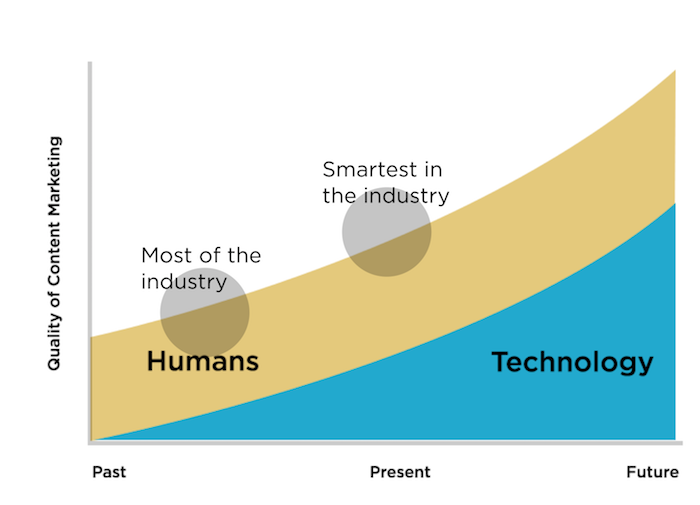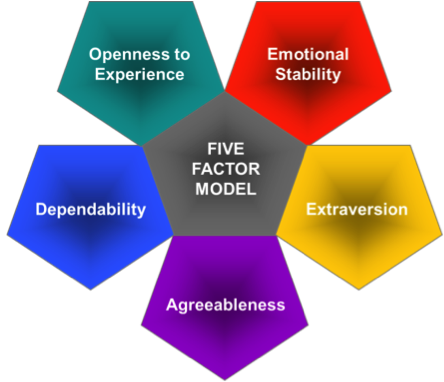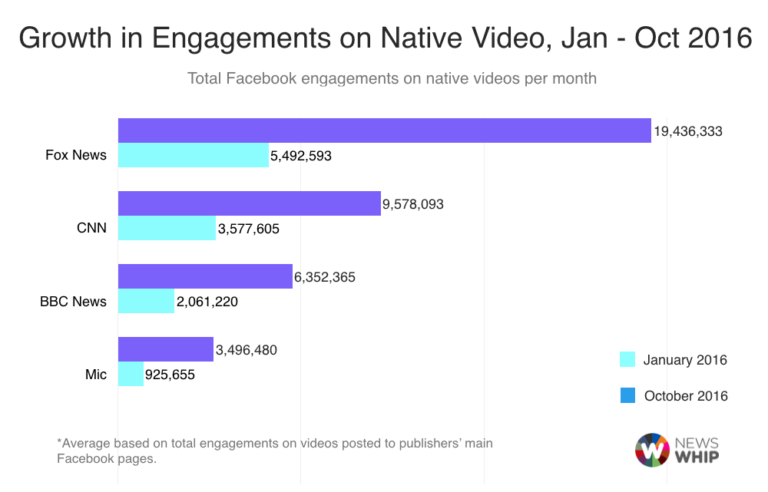Ask a Content Strategist
Ask a Content Strategist: How Do I Stand Out From My Competitors?
Sometimes, this graphic haunts me.

This insane supergraphic (via Scott Brinker) classifies nearly 4,000 marketing technology solutions available today. When Contently launched in 2011, there were only 150. That means there are about 25 times more companies creating content about marketing and competing for my target audience’s attention.
Which leaves me with the question: In this terrifying sea of logos, how the hell do we stand out?
I’m not the only one asking this question. It was also one of the dozens of inquiries I got during our content strategy webinar last week. Let’s dive in.
How do I differentiate my content from competitors who are also writing with ‘an audience-first’ focus?
— Daniel, Orange Finder
Ultimately, three keys will help you stand out from your content competitors, and none of them involve paying an agency $250,000 to conduct a content audit.
1. Articulate your brand’s unique vision and mission in detail—and use that as content inspiration.
Contently is a content marketing technology solution. Naturally, we want to educate people about the importance of content marketing and the incredible ROI it can deliver when done right. But so do thousands of other companies. For us, “content marketing is great” would be a terrible guiding light because it’s so damn generic. Instead, we need a perspective that’ll allow us to deliver true value to our readers. We need to provide a unique perspective that they can’t get anywhere else.

To accomplish that, we do things like:
- Intelligently communicating that the key to great content strategy is using data and technology to boost human creativity.
- Publishing comprehensive reports, like our Content Methodology e-book, which provide actionable content marketing strategies that people can actually put into place.
- Investing heavily in original research, whether it’s via our platform data or through large-scale consumer studies.
- Publishing as many case studies as possible so folks can understand what success actually looks like.
2. Use that unique vision to craft your brand voice—and make sure it stays consistent.
“Brand voice” is one of the most vague and overused buzzwords in content marketing. Yet, it’s still crucial for you to develop a great one.
Luckily, communicating a clear mission and unique perspective is half the work. Once you have that, it’s pretty easy to conceptualize your brand’s identity. As I wrote in our content strategy playbook:
A clear sense of identity is what categorizes the best brand publishers. GE is the smart, inquisitive, clever science nerd who blows your mind. Red Bull is the death-defying rock star you want to hang out with. HubSpot is the inbound marketing genius who wants to help you get that promotion. Moz is the wizard of SEO with secrets that will fundamentally change your business. In different ways, they’re all a kind of person who will accumulate a posse of interested admirers at that dinner party.
We’re obsessed with crafting and maintaining a great brand voice, which is why we built a tone analyzer into our platform to quantify it, based on the five-factor model.

This tool allows us to not only track the consistency of our voice over time, but also see the tonal traits of our best-performing pieces. Then, we can optimize our content over time so that we get our voice exactly right.
3. Perform a white-space analysis to understand what topics we should cover.
In our weekly editorial meetings, story pitches have to pass a basic litmus test: Has this story been done before? If so, has it been done well?
If the answer to both of those questions is yes, that pitch gets rejected. There’s just no value in doing something that’s already been done. We’re not offering any true value to our audience.
We also use content strategy tools to analyze which publishers have the highest share of voice across topics relevant to our audience and pinpoint where we can stand out. (See our content strategy playbook for more on how that works.) For instance, we’ve started covering marketing technology a lot more after spotting a gap in the market.
This process has become so crucial that we’re currently building a white-space analyzer into our platform to help our clients glean these insights. (That’s all I can say for now, but be on the lookout for some exciting news soon.)
Some of these tactics are pretty advanced, but they’re worth it. At the very minimum, just ask yourself those key questions: Has this story been done already? Am I offering my audience something new?
Are you seeing any learnings that suggest what makes the strongest use of video?
-Paul, Tilt 300
Here are some excellent data points from this roundup by Dillon Baker and this roundup by Tubular Insights:
- Time spent with digital video exploded from 21 minutes per day in 2011 to 76 minutes per day in 2015.
- Young millennials watch more digital video than TV.
- 46 percent of all video plays in Q4 2015 were on mobile devices.
- 69 percent of videos watched on smartphones are shorter than 10 minutes.
What can we conclude from this? For starters, there’s no doubt that video is only going to become a bigger part of content marketing. The secret sauce seems to be short videos distributed through social media platforms and watched on smartphones.
Native video on Facebook, in particular, has changed the game. Most major publishers invested heavily in Facebook video in 2016 and saw a big jump in engagement, per NewsWhip.


These numbers come with a caveat, though. If you watch for just three seconds, Facebook counts that as a view. Some users even accidentally “watch” a video by scrolling slowly through the feed. But Facebook is still the dominant media platform of our time. American users spend 50 minutes per day on the social network, and by one Facebook exec’s account, Facebook feeds will be all video by 2020. This trend isn’t going away.
As with most content trends, media companies are in the lead, with brands soon to follow. That’s why marketers should start studying the most successful video tactics of these publishers in detail. A few key elements pop out:
- They’re short—usually less than two minutes.
- They serve one of three purposes: make you laugh, show you how to do something, or explain something in an easy-to-understand way.
- They’re visually engaging from the first second, with title screens that immediately communicate the value proposition of the video.
- The visuals move fast, meaning things like motion graphics, overhead shots, and quick cuts.
- They don’t involve your middle-aged VP of finance speaking to a camera for 20 minutes.
“I see video as a megatrend,” Facebook founder Mark Zuckerberg said on an earnings call Wednesday. “That’s why I’m going to keep putting video first across our family of apps.”
Facebook Live is poised to explode, especially since Facebook does everything it can to promote live videos, including sending push notifications anytime someone goes live.
Live video can be overwhelming, but it’s worth exploring. We’ve been dipping our toes in the water by broadcasting various content marketing talks and company culture talks at Contently. I’ve been paying a lot of attention to The New York Times’ strategy for future content. After a rough start, the Times really hit its stride, producing a ton of inexpensive live video on the fly about smart issues .
Can you recommend any tools that can analyze our content and provide insights for actions? For example we want to display relevant related articles to users who are reading a certain topic, how do we go about doing this?
-Ashleigh, DHi
Yes! In B2B content marketing, it’s absolutely necessary to track the industries of your readers and serve them personalized content. This strategy more than doubled our conversion rate on e-book offers on article pages. The two technologies I recommend are Optimizely and Funnel Envy. Check them out.
Chocolate, please.
-Stephanie
After the last two weeks, I think we could all use a little chocolate. Unfortunately, I still haven’t figured out how to transfer chocolate via an article about content marketing. So how about a GIF of this dancing bear instead? It’s a heck of a lot more fun than staring at a supergraphic of martech companies, I’ll tell you that.
If you have a question for next month’s column, please submit it here. You can also tweet it @JoeLazauskas, and I will promise to respond with more bear GIFs.
Image by Pexels / CC ZeroGet better at your job right now.
Read our monthly newsletter to master content marketing. It’s made for marketers, creators, and everyone in between.




